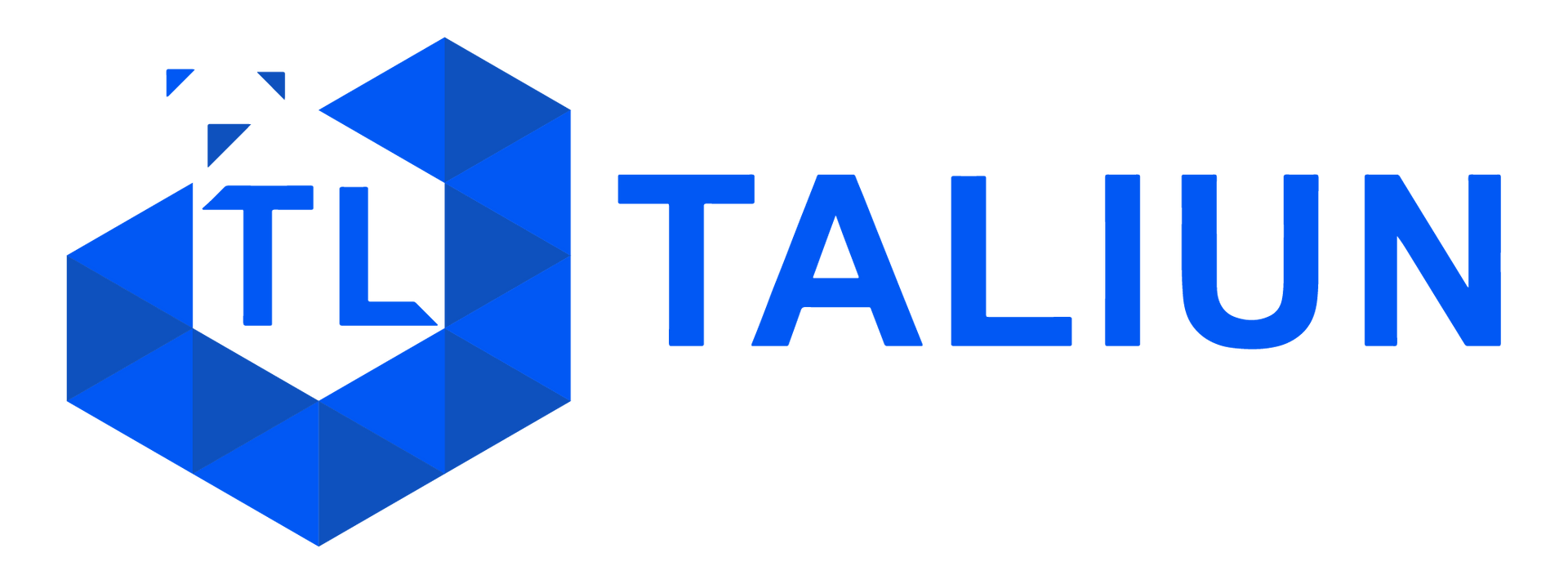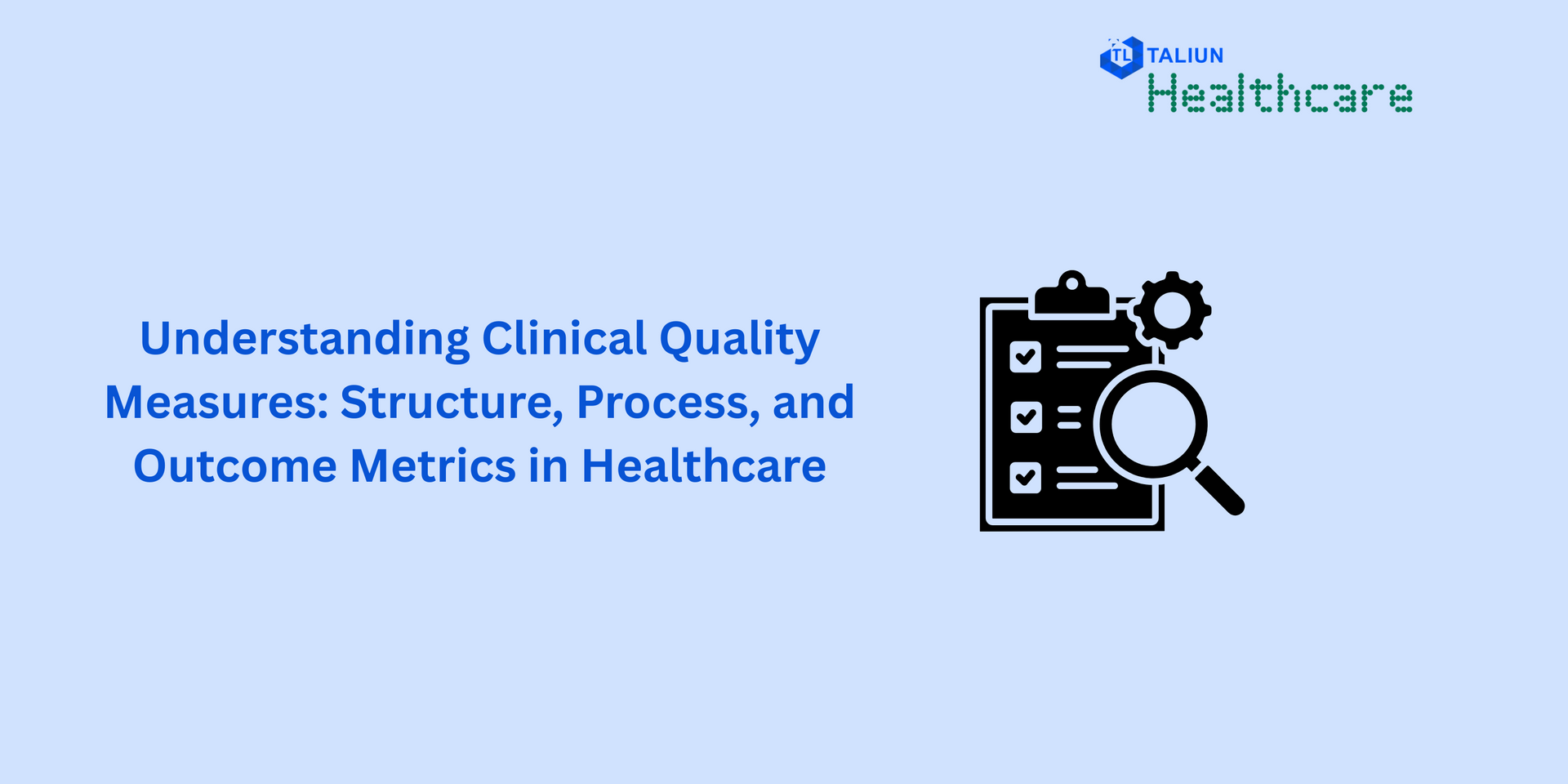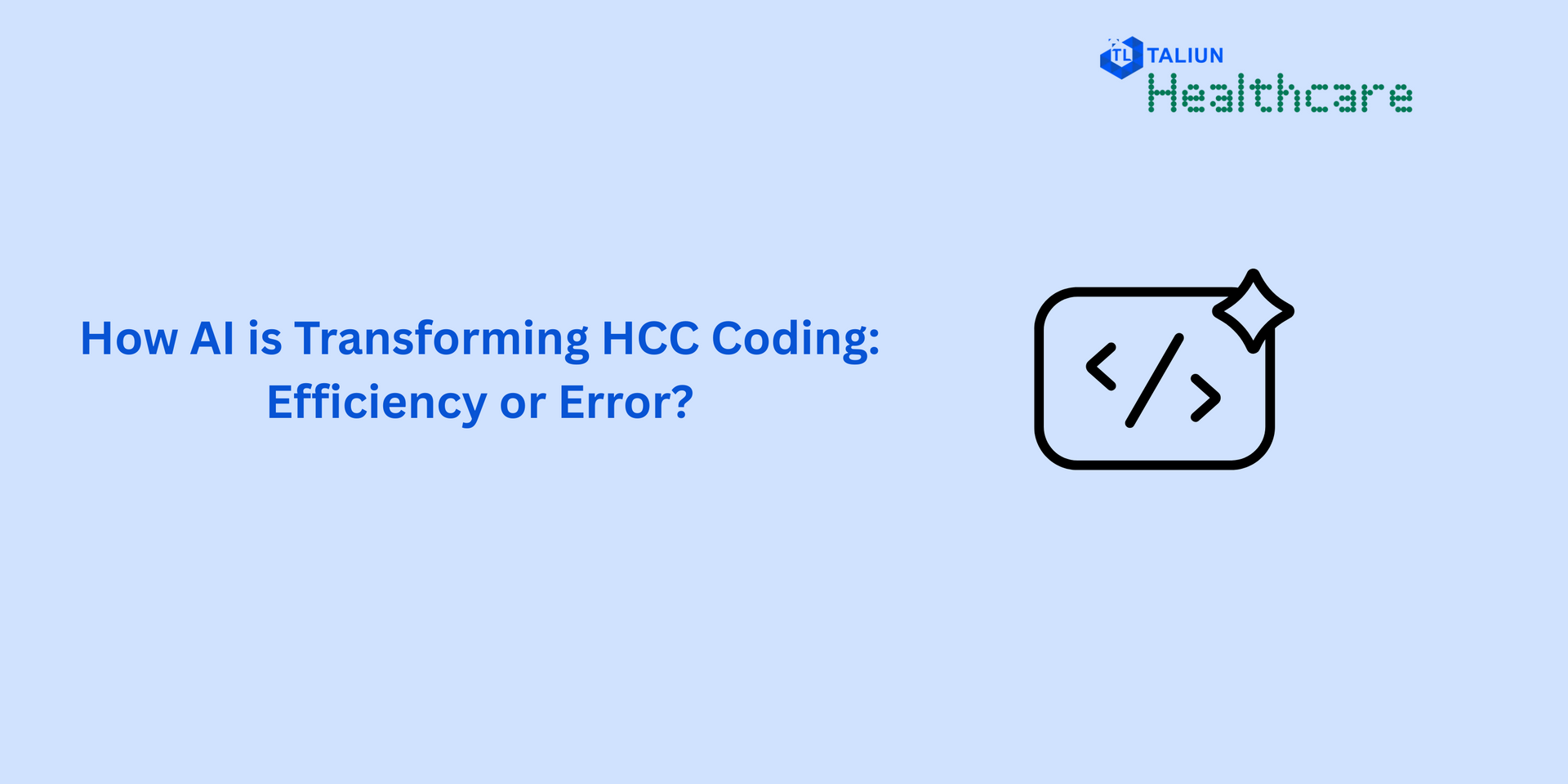FHIR Standards : All You Need to Know
Since HL7 data interchange and information standards are well known, their implementation proved challenging. The HL7 standards' main objective is to lessen information isolation in the way patient health data is kept. So how can implementation be done more quickly, cheaply, and easily?
With the development of the FHIR standards, which were built on top of HL7, healthcare interoperability is now simpler to put into practise. Considering learning more about FHIR? Read on for all the information you require on Fast Healthcare Interoperability Resources.
Although digital health technologies have been created and used in Chicago for many years, their use has recently skyrocketed, largely as a result of the pandemic, as both patients and clinicians embrace cutting-edge alternatives to in-person care. In acknowledgement of the pandemic's demands, particularly the requirement for social distance to lower the risk of community spread and maintain in-person health assistance for the sickest patients.
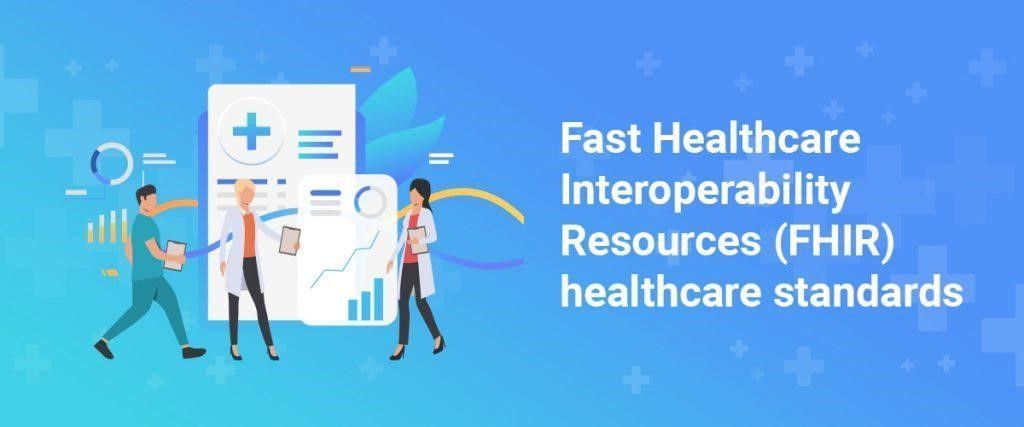
How will FHIR alter the healthcare sector?
To encourage clinical interoperability, a standard for healthcare data exchange called FHIR (Fast Healthcare Interoperability Resources) was created. The organization that established standards, HL7, the founder of the interoperability movement, issued FHIR (pronounced "fire") in 2014.
By offering a common set of APIs, FHIR enables healthcare systems to communicate with one another (code snippets that enable data transmission). One of the technologies and web standards that the FHIR specifications allow for free use and deployment is the REST architectural style of API. Developers can combine several FHIR elements (also known as resources) to concentrate on specific clinical use cases or expand on the core criteria.
FHIR for medical professionals: Direct connections from your EHR to third-party applications are made simple with FHIR. In essence, you are not bound to your particular system and the integrations it offers. By hiring a vendor to develop your apps, you may also release them yourself. FHIR ensures that data is always kept consistent across all of its sources. If you are living in Chicago, there are a lot of FHIR integration service providers like Taliun who provides FHIR api Integration services in Chicago.
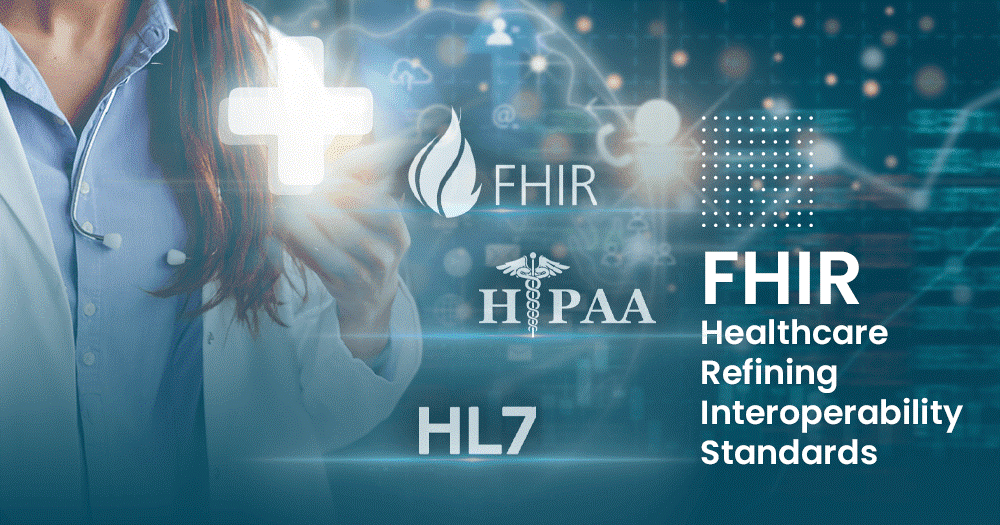
Resources, references, and profiles are all parts of FHIR
The primary objective of FHIR is to offer a basic set of data pieces known as resources, which, when coupled through references, should cover the majority of clinical use cases The extension mechanism known as profiling supports additional scenarios that emerge in particular health areas. Chicago is continuously looking forward for resources, references and support for improving its health area.
FHIR Resources: The main structural element of FHIR solutions is resources.. The bulk of use cases in the therapeutic setting are covered by resources, which are data exchange or storage packets.
An example of a source The term "patient" refers to administrative and demographic details on a human or animal receiving care. Numerous resources exist that cover several facets of the healthcare industry, including scheduling, patient administration, patient care, and information monitoring.
FHIR Reference: Usually are resources used separately, and the majority of them have references to other resources. You can build and customise particular situations by connecting Patient to Observation (which saves statements made about a patient), Condition (problem or diagnosis), and Prescription (ingredients, amount, and strength of medications). A brief description, an explicit identifier, or a URL can all be used as references.
FHIR profiles: A profile describes how to use a resource under particular conditions. Developers publish their adaptations in Implementation Guides, another FHIR standard, and explain how their FHIR-based APIs might be used there.
Here is one instance. The Blue Button FHIR API from the Centers for Medicare & Medicaid Services supports data exchange for Medicare enrollees. The profiles for various scenarios are listed in their Implementation Guide (IG) and include Carrier Claim Profile, Coverage Profile, Inpatient Profile, etc. You may view the necessary components and value propositions for each profile by clicking on the corresponding profile name.
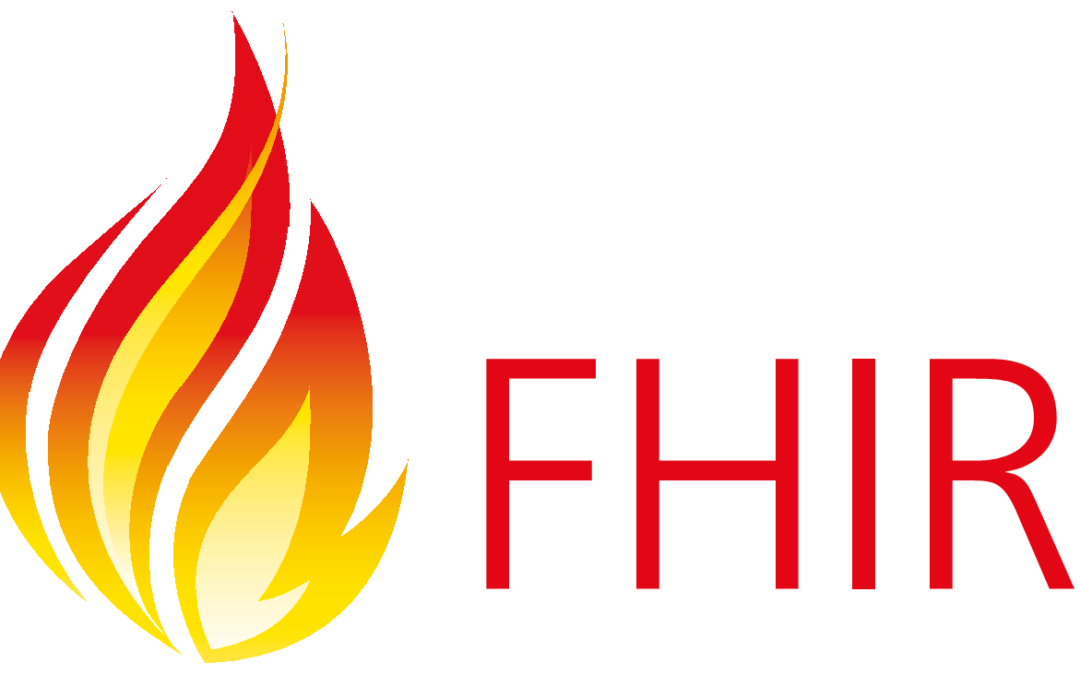
FHIR SMART:
A standard called SMART (Substitutable Medical Applications, Reusable Technologies) was initially created to address the interoperability issue, much like FHIR did. However, FHIR was the first to win the endorsement of the medical industry. As a result, SMART turned its attention to supporting FHIR implementations, specifically by developing tools and recommendations for developers producing FHIR-based apps.
SMART on FHIR is a project that currently offers two products:
A platform to publish and use FHIR apps as well as a framework for creating applications based on the FHIR standard with accompanying documentation, sandbox environments, software libraries, and other resources.
It offers a simple and affordable approach to integrate with hundreds of goods on a marketplace for doctors, hospital CTOs, and patients. This capacity to quickly replace apps ought to spur innovation and develop a market competitive with banking or travel-related mobile apps.
To represent particular types of data, such as drugs, allergies, prescriptions, and conditions, it provides developers with a tech stack of open, concrete specifications and profiles. In essence, SMART reduces the amount of effort required from developers by making decisions regarding data representations (often based on standard codes like SNOMED).
Conclusion: In conclusion, the Chicago FHIR standard seeks to streamline the installation procedure without sacrificing information integrity. It makes use of the current models to offer a straightforward, reliable, and consistent approach for sharing health data amongst healthcare applications. Yet, it makes it extremely difficult for startups to enter the market and compete with established players, and as a result, innovation has suffered. The digitalization of healthcare is currently being accelerated in Chicago, providing investors and healthtech companies with huge new potential and access to a market of millions people.
